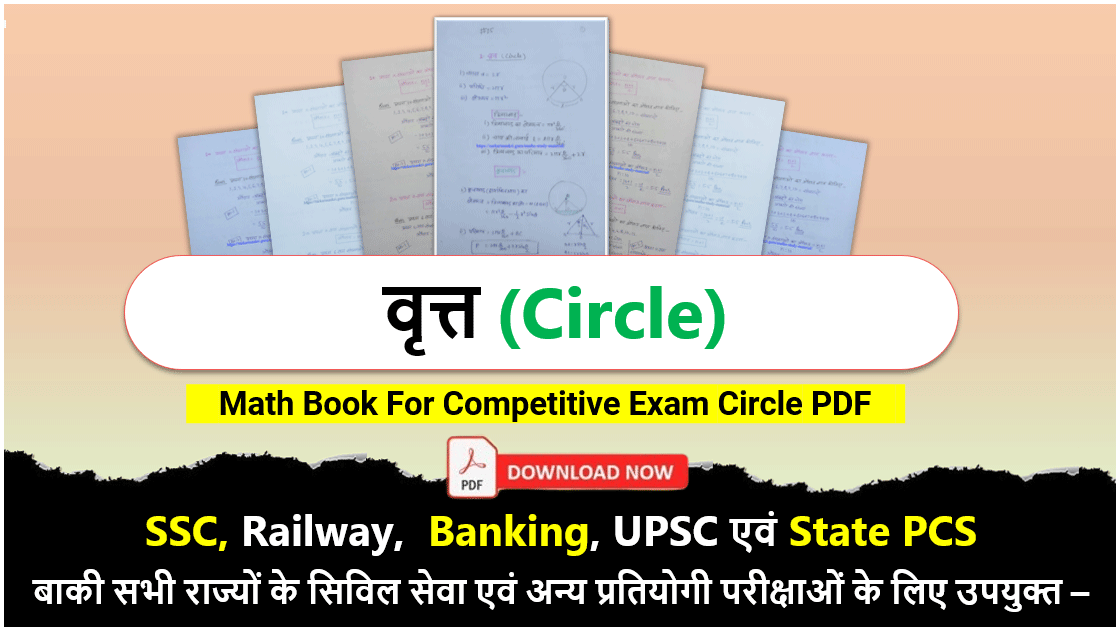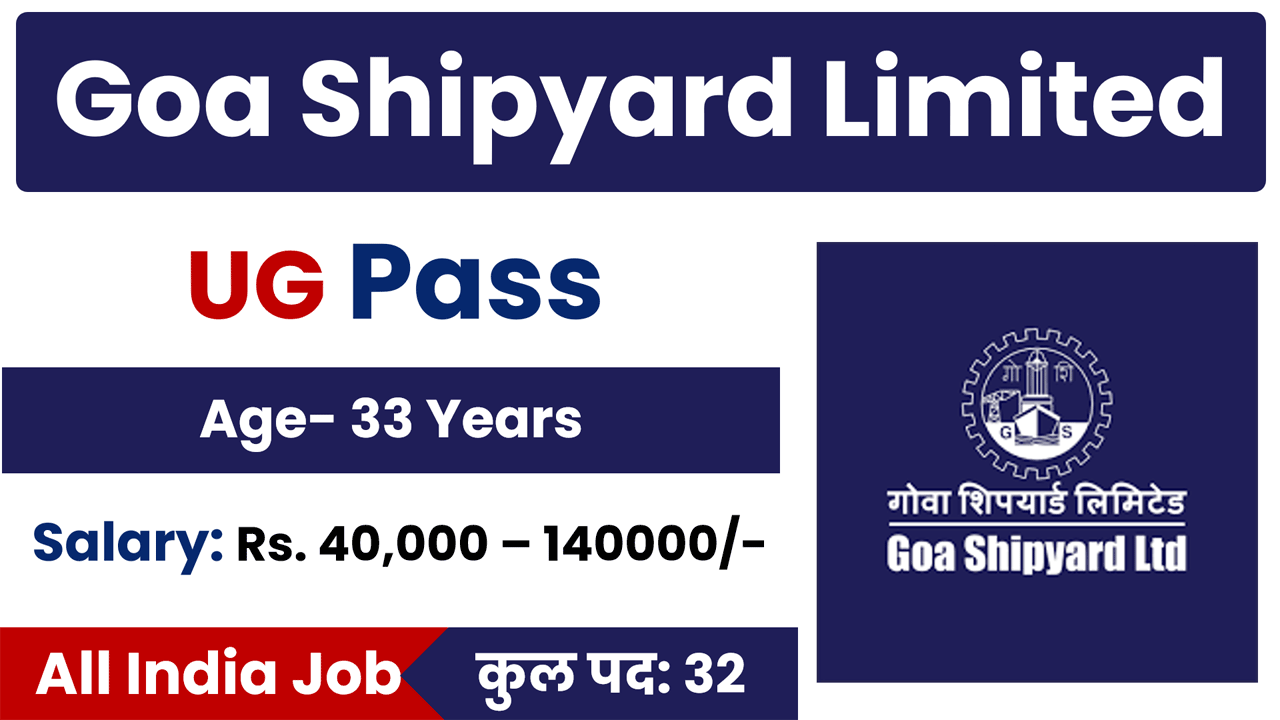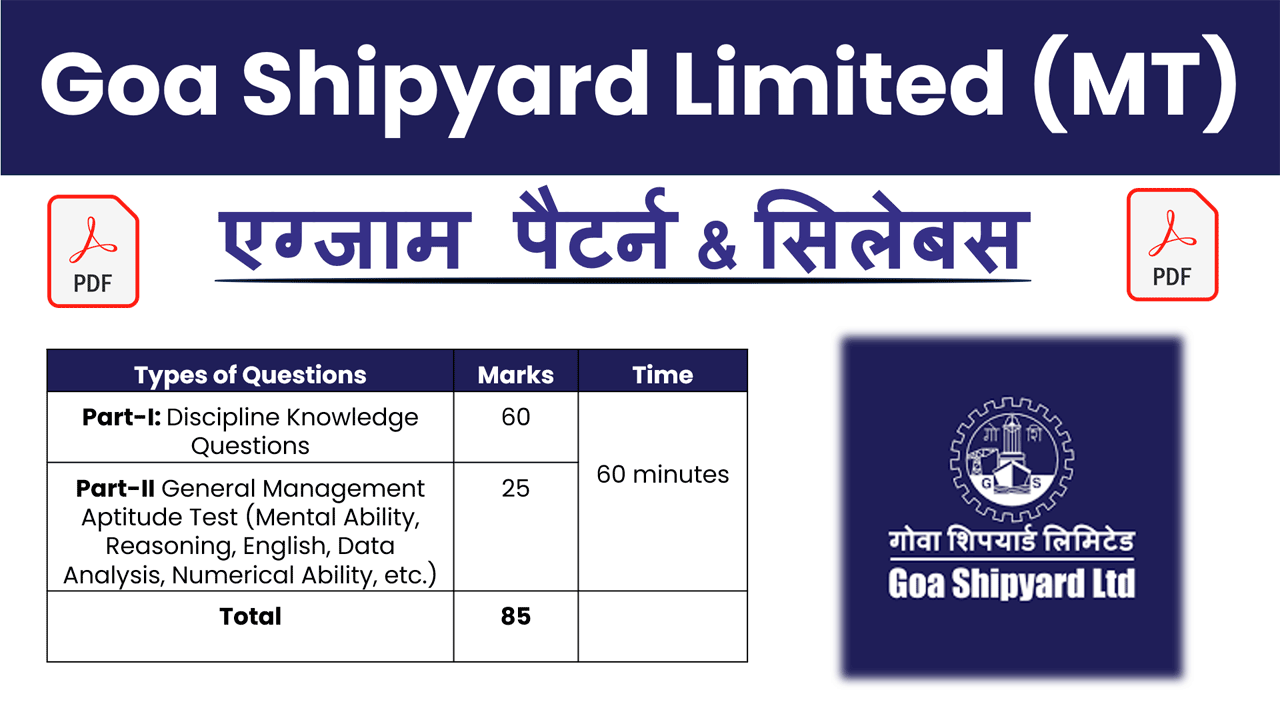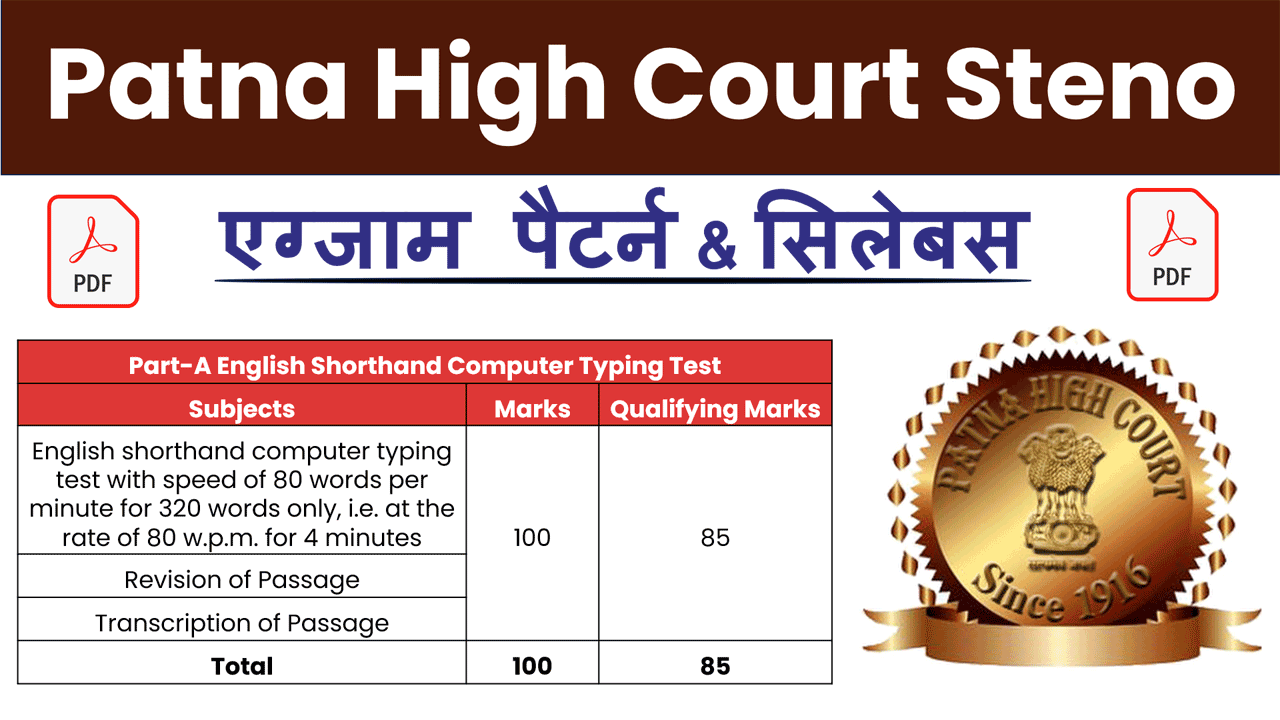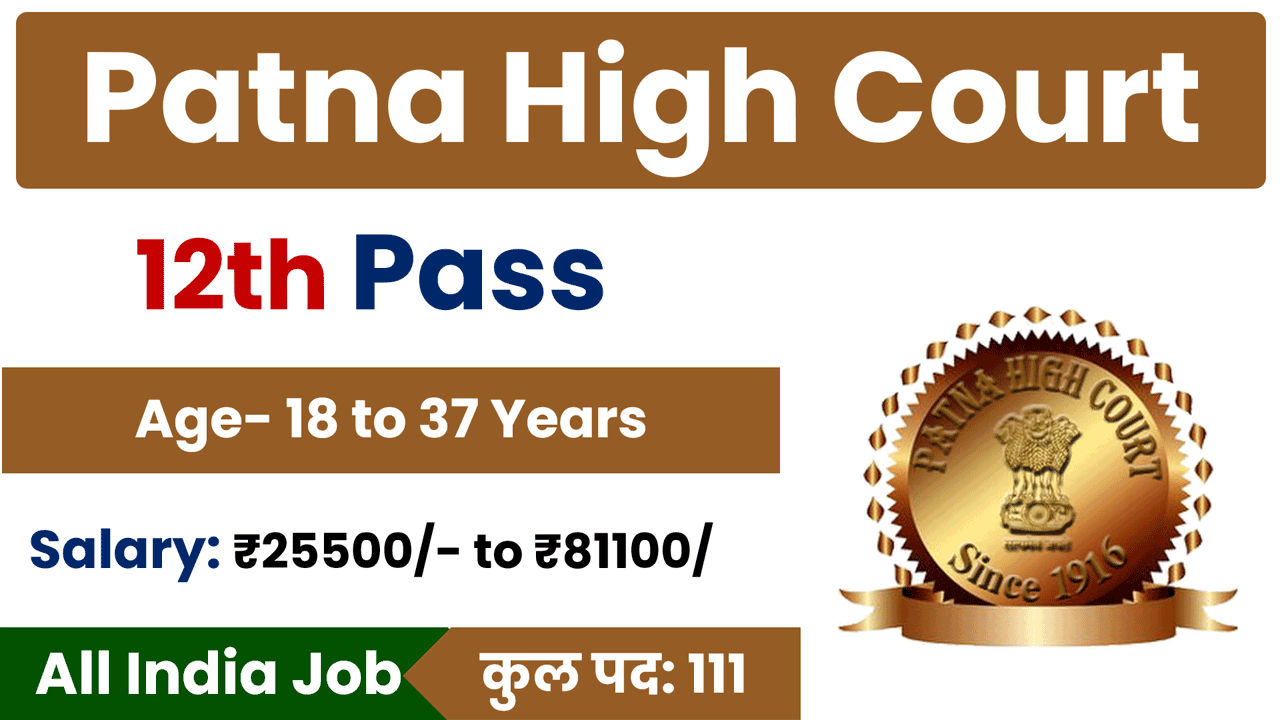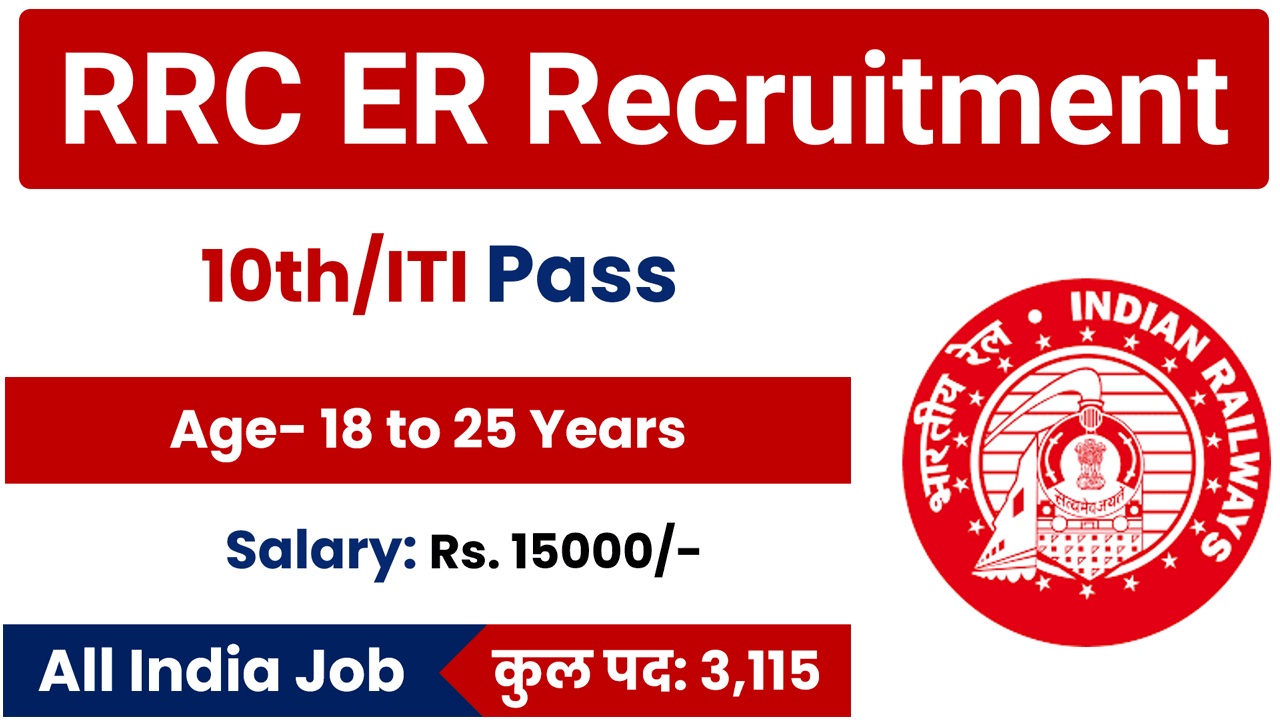Mastering Circles in Competitive Exams: A Comprehensive Guide: Circles are fundamental geometric shapes that play a crucial role in competitive exams. Whether you’re preparing for entrance tests, government job exams, or any competitive assessment, a thorough understanding of circles can significantly enhance your performance. This guide delves deep into the intricacies of circles, providing you with all the essential knowledge to excel in this critical topic.
| Chapters | Download Links |
| Average📙 | Download 🔗 |
| Compound Interest📙 | Download 🔗 |
| Circle📙 | Download 🔗 |
| Cube & Cube Root📙 | Download 🔗 |
| Cuboid📙 | Download 🔗 |
| Cylinder📙 | Download 🔗 |
| Heights & Distance📙 | Download 🔗 |
| LCM & HCF📙 | Download 🔗 |
| Mixture and Allegation📙 | Download 🔗 |
| Partnership📙 | Download 🔗 |
| Percentage📙 | Download 🔗 |
| Profit, Loss & Discount📙 | Download 🔗 |
| Quadrilateral📙 | Download 🔗 |
| Ratio & Proportion📙 | Download 🔗 |
| Simple Interest📙 | Download 🔗 |
| Simplification📙 | Download 🔗 |
| Speed, Time & Distance📙 | Download 🔗 |
| Sphere📙 | Download 🔗 |
| Square & Square Root📙 | Download 🔗 |
| Time and Work📙 | Download 🔗 |
| Trigonometry📙 | Download 🔗 |
What is a Circle?
A circle is a simple closed shape in geometry consisting of all points in a plane that are at a given distance from a fixed point, called the center. The distance between the center and any point on the circle is known as the radius. Understanding circle properties, equations, and applications is vital for solving geometric problems in competitive exams.
Importance of Circles in Competitive Exams
- Geometric Reasoning: Questions related to circles test your ability to apply geometric principles such as radius, diameter, circumference, area, and tangents.
- Coordinate Geometry: Understanding equations of circles in coordinate geometry is essential for solving problems involving intersections, tangents, and transformations.
- Problem Solving: Many competitive exams feature questions on circle theorems, properties of tangents and secants, and practical applications in fields like architecture, engineering, and physics.
Types of Circle Problems
- Basic Properties: These include calculating circumference, area, and relationships between radius, diameter, and circumference.
- Equations of Circles: Problems involving finding equations of circles given certain conditions or properties in both standard and general forms.
- Geometric Constructions: Questions requiring you to construct circles or solve problems using compass and straightedge constructions.
Tips for Mastering Circles
- Learn Circle Theorems: Familiarize yourself with fundamental theorems such as the chord-chord angle theorem, the tangent-secant angle theorem, and the inscribed angle theorem.
- Practice Geometry Problems: Solve a variety of circle-related problems from previous years’ papers, mock tests, and textbooks to reinforce your understanding.
- Visualization Skills: Develop the ability to visualize and manipulate geometric shapes and properties mentally, which is crucial for solving circle-related problems efficiently.
Conclusion
In conclusion, mastering circles goes beyond memorizing formulas; it involves developing spatial reasoning and problem-solving skills. By practicing a diverse range of circle problems and understanding their applications, you can approach competitive exams with confidence. Remember, a solid grasp of circle properties and theorems is essential not just for exams but also for fields requiring geometric analysis.
About the Math Book
Looking for a comprehensive guide to mastering circles and other geometric topics for competitive exams? Our Math Book For Competitive Exam offers detailed explanations, practice exercises, and expert tips to help you succeed. Stay tuned for more chapters covering essential mathematical concepts!

